|
The paper clip is probably something you don't give much thought about, but nearly a century ago they were a great invention. According to Wikipedia, a paper clip is a flat or nearly flat piece of metal that slides over an edge of a set of papers and holds the papers together without being bent or pinched by the user and without piercing the papers. It is often characterized by the almost two full loops made by the wire. Over the years, many different inventors have been credited with the invention of the paper clip. In 1899 in Waterbury, Connecticut, William D. Middlebrook invents and patents paper clips who sells the patent to Cushman & Denison. Cushman & Denison trademark the name GEM for their product. The Gem paper clip is the most common type of wire paper clip still in use. He not only invented the paper clip but he also invented a machine to produce the paper clip. Then there is Johan Vaaler, who is often identified with the invention of the common paper clip, although he applied for a German patent on November 12 of 1899 which was granted on June 6, 1901. Vaaler's alleged invention of the paper clip became known in Norway after World War II and found its way into some encyclopedias, although others had been patented before him. ‘Events of that war contributed greatly to the mythical status of the paper clip as a national symbol. During the resistance to the German occupation during World War II, after pins or badges bearing national symbols or the initials of exiled King Haakon VII were banned, Norwegians began to wear paper clips in their lapels as a symbol of resistance to the occupiers and local Nazi authorities. The clips were meant to denote solidarity and unity ("we are bound together"). Their symbolism was even more obvious because paper clips are called "binders" in Norwegian. Their presumed Norwegian origin was not generally known at that time, but when that widely believed story was added to the war-time experience of many patriots, it strengthened their status as national symbols.’ -wikipedia Side Note: Despite how little we think of the paperclip or its origins, you should know that in Sandvika,Norway there is a giant seven-meter high paper clip in honor of Johan Vaaler, although it shows the Gem, not the one patented by Vaaler. But before all of them was Samuel B. Fay of the United States, who received the first patent for a bent wire paper clip in 1867, although its design was not intended primarily for papers but for attaching tickets to fabric. Paper clips sold came in so many different designs with one being the “Eureka Clip” which was invented by George P. Farmer and manufactured by the Consolidated Safety Pin Co., of Bloomfield, NJ. Bloomfield was once one of the most flourishing manufacturing towns in New Jersey. In 1890, the Consolidated Safety Pin Company moved to Bloomfield and situated its factory along Tony’s brook and the Lackawanna Railroad on Farrand Street. As the business grew more buildings were added to the site. By 1901, it employed 170 workers. George P. Farmer became president of the firm. In 1917, the company broke taboos and added blind workers to its team in carding, boxing and heading safety pins. The workers were paid fourteen cents an hour while learning, up to 8.00 a week after training and proved to be a valuable commodity to those returning from the war blinded in battle. The company had at one time 6 blind workers. By 1921, The Consolidated Safety Pin Company worked its way up to making safety pins on a large scale. Sometime during the course of history, the Safety Pin Company was gone, and the Kidde Manufacturing Company, Inc., had taken its place. Although I am unsure of the circumstances that took place, i do know that in 1904 The Consolidated Safety Pin Co.added a Mr. Water Kidde as its engineer. Walter Kidde was the president of the Kidde Company. Walter Kidde & Company started out as a construction company, but slowly grew into a fire suppression company reaching new heights in the 1930s and the 1940s when the company's products reached markets in Asia, Europe, Africa, and South America. World War II pushed Walter Kidde & Company into unprecedented sales and by 1938, Walter Kidde & Company had sales of $2 million. The business was so profitable that he also opened a separate plant in Belleville By the time 1943 rolled around, the company was producing over $60 million worth of war equipment and was always behind schedule. Walter Kidde passed away at the age of 65 in 1943 in Montclair and the company was passed down to his son John Kidde. Both companies are long gone, Solid State now occupies the site. The past is forgotten but Toney's brook still runs by showing us that as somethings change, some things remain the same. Laura Gonzalez
2 Comments
|
ABOUT THE AUTHORLaura Gonzalez is a photographer, blogger and historian currently residing in Newark, New Jersey. Archives
April 2021
Categories
All
|
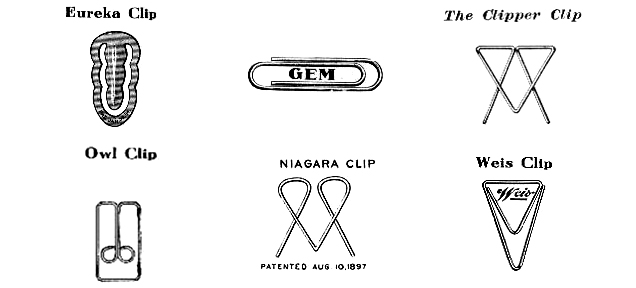
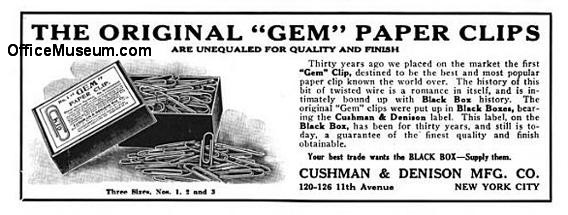
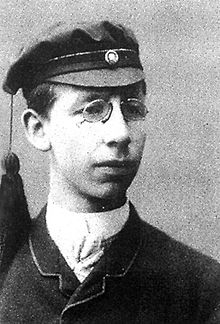
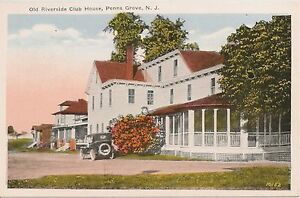
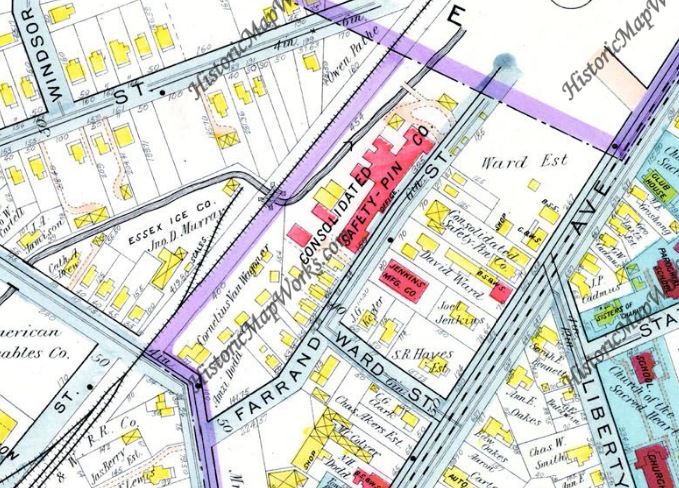
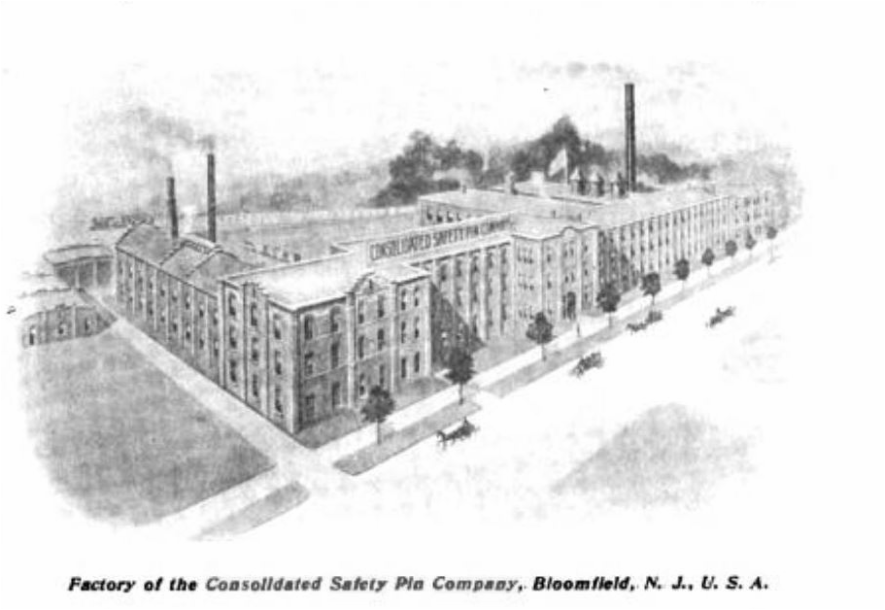
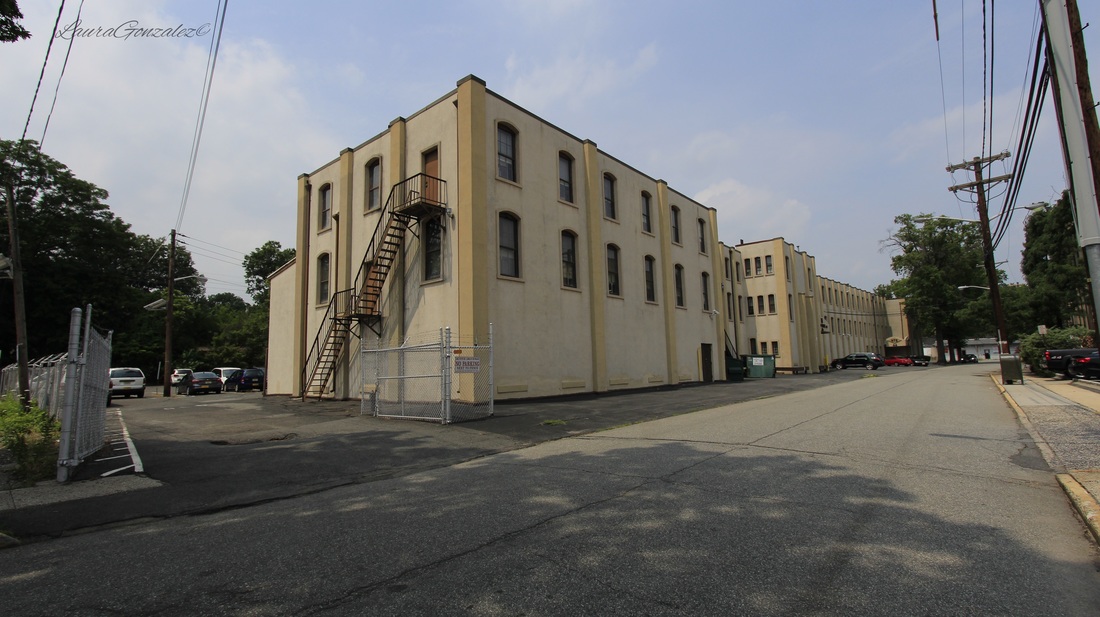


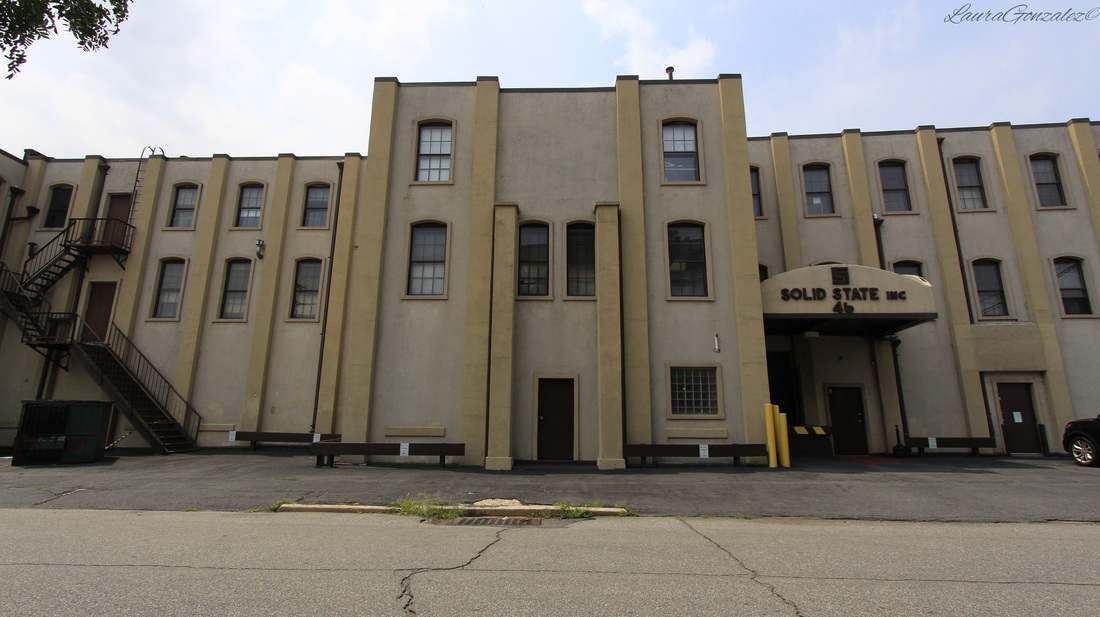
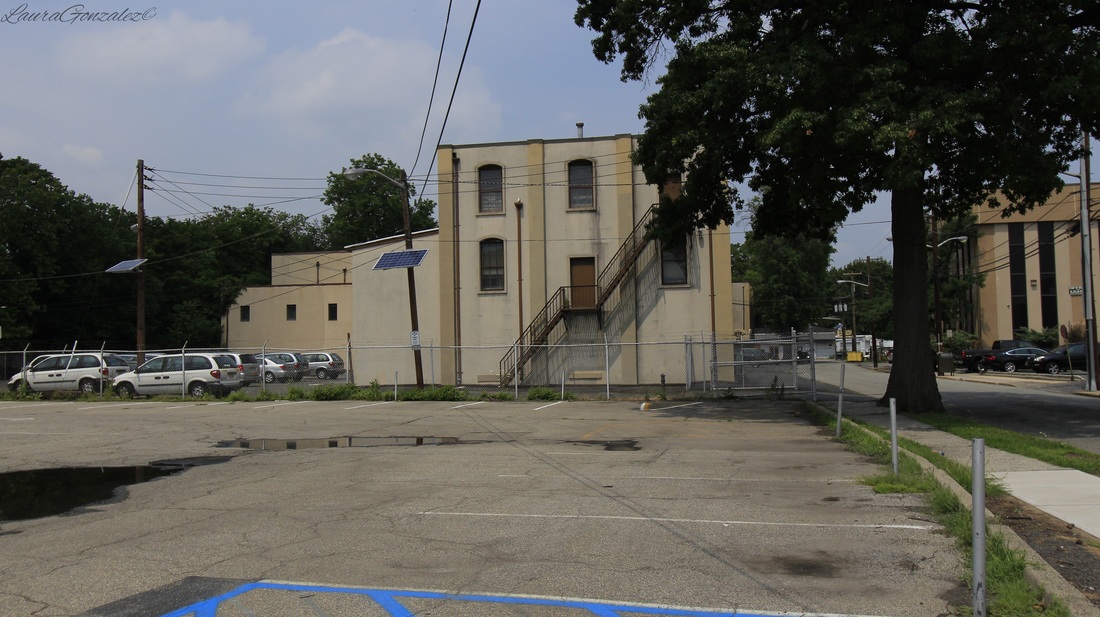
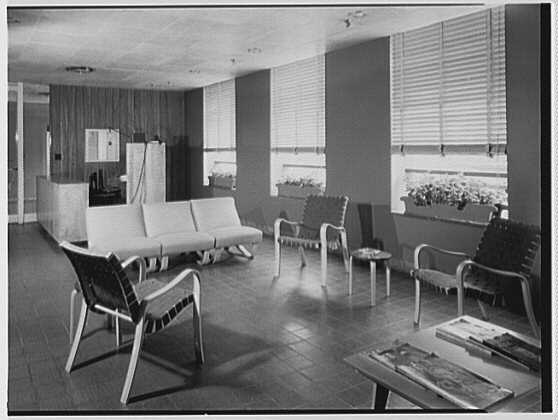
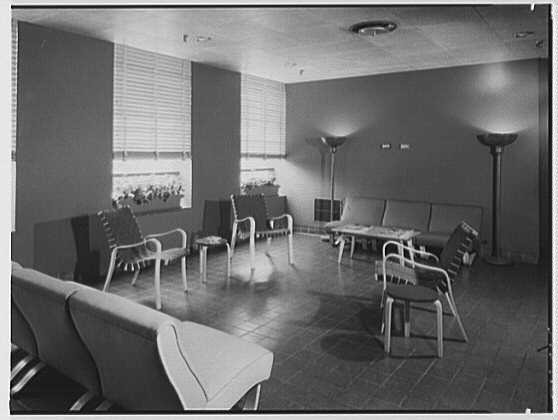
 RSS Feed
RSS Feed
